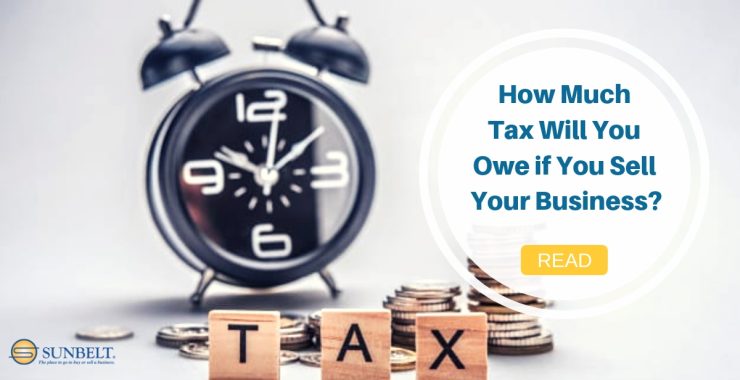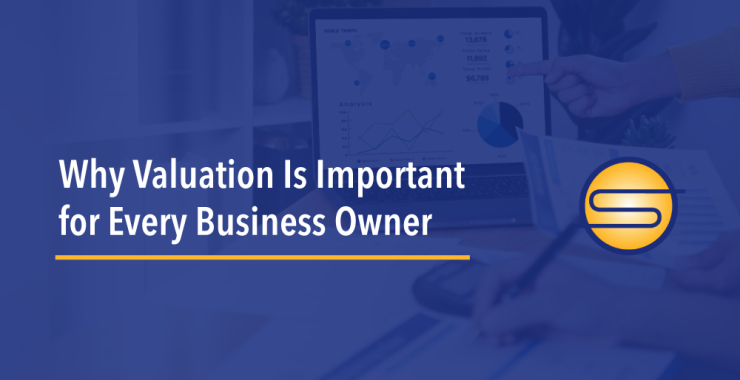General
What is SBA Financing?
Business owners can sometimes have difficulty obtaining financing to help pay for business services, investments and purchases, especially if they haven’t been operating for very long.
Private lenders often want to see a lengthy history of success of the business, plus a business owner who is well-qualified as well. This is how the lender will determine the risk they will be assuming with a particular borrower.
The federal government knows this can be a difficulty process for small business owners, and as such, they have created agencies to help. The Small Business Administration, or SBA, has multiple lending programs in place that help business owners around the country obtain the financing they need to move their company forward.
The way it works is that the SBA will guarantee up to 85% the loan’s principal. This erases a lot of that potential risk that the private lender would take on with a small business owner. The loan is given out by a private lender to the business owner and the SBA simply acts as the guarantor. If the borrower defaults on the loan, therefore, the private lender is protected for much of the principal amount.
There are four main SBA loan programs, as well as additional programs the SBA is backing now as a result of the coronavirus pandemic. Let’s take a brief look at how each program works.
7(a) Loan Program
This is the SBA’s flagship loan program. It is a general purpose loan that is used by start-ups very often, and by other businesses to fund the purchase of equipment, inventory or real estate, or to help increase working capital or make improvements to a leased property.
The SBA guarantees a maximum 7(a) loan amount of $750,000. It will guarantee 80% of a loan up to $100,000 or 75% for a loan more than that.
The other great part about this loan is the interest rates are low. The SBA doesn’t set the interest rate, since they aren’t the lender, but they do set maximum rates. For loans of more than seven years, lenders can charge up to 2.75% above the prime rate. Loans less than seven years can be charged 2.25% above prime.
To qualify for an SBA 7(a) loan, you must meet the requirements of the private lender for any standard loan, and you must also be classified as a small business, according to the SBA’s standards. These vary from industry to industry, but are based around the number of employees you have.
504 Loan Program
The 504 loan program is the next most common from the SBA. These provide long-term fixed-rate loans so that small businesses can acquire equipment, machinery, facilities or real estate. Again, private lenders will distribute the loans.
This time, though, the bank will finance roughly 50% of the loan, with 10% being financed by the business and 40% by Certified Development Companies, or CDCs.
The SBA provides these below-market loans in exchange for having the small business borrower creating or retaining jobs. Not every business will qualify, though, as the creation or retention of the jobs must meet a public policy goal.
One example is would be a small business creating or retaining jobs that would benefit the revitalization of a business district such one in an Enterprise Zone. Other examples include expansion and development in a rural area of the country, or the expansion of a minority-owned business.
Microloan Program
The SBA microloan program helps small business owners obtain financing they otherwise may have trouble accessing for one main reason — the amount of the loan they want is too small. Private lenders often won’t lend a small amount to small businesses simply because it’s not worth their time and/or risk.
The maximum loan amount under this program is $25,000, and it can be used to purchase supplies, furniture, inventory, machinery, equipment and fixtures, to name a few. The funds can’t be used to pay down existing debts or to purchase any real estate.
The main difference between the microloan program and the other two is the SBA doesn’t guarantee these loans. Instead, they are administered through what are known as intermediary lenders, which are often nonprofit organizations that lend money.
This program is offered in 45 states in the U.S., and the lenders are certified by the SBA as community-based, nonprofit organizations.
Disaster Loans
A final loan category the SBA offers is known as disaster loans. Like the name of the program suggests, these loans are offered to small business owners that are affected by natural disasters and other emergencies. These loans are processed through the SBA, and most of the time, they have a maximum amount of $2 million — although it depends on the specific type of disaster.
The current situation with the coronavirus pandemic falls under this category. In fact, there are actually two new SBA loan programs that were created specifically in response to the pandemic. They are the Paycheck Protection Program and the Economic Injury Disaster Loans.
The Paycheck Protection Program offers loans of up to $10 million to businesses that have been affected by the coronavirus pandemic. These loans can be used for payroll and compensation, mortgage rent, utilities and interest, as well as health care benefits. The loans have an interest rate of 1%, and payments can be deferred for six months. The best part about this loan program, though, is it may be qualified to be forgiven — meaning it’ll convert into a grant — if a majority of the money is used for payroll to maintain or expand the number of employees.
The Economic Injury Disaster Loans can provide up to $10,000 within three days of applying for businesses that need emergency funds. These loans can eventually be transferred into Paycheck Protection Program loans, which can then take advantage of the loan forgiveness aspect.
SBA loans are a great avenue for many small businesses that either don’t qualify for traditional financing or need some extra help doing so. Each SBA loan program comes with its own set of qualifications and limitations, so make sure to research each program fully to see which one would work best for you.




